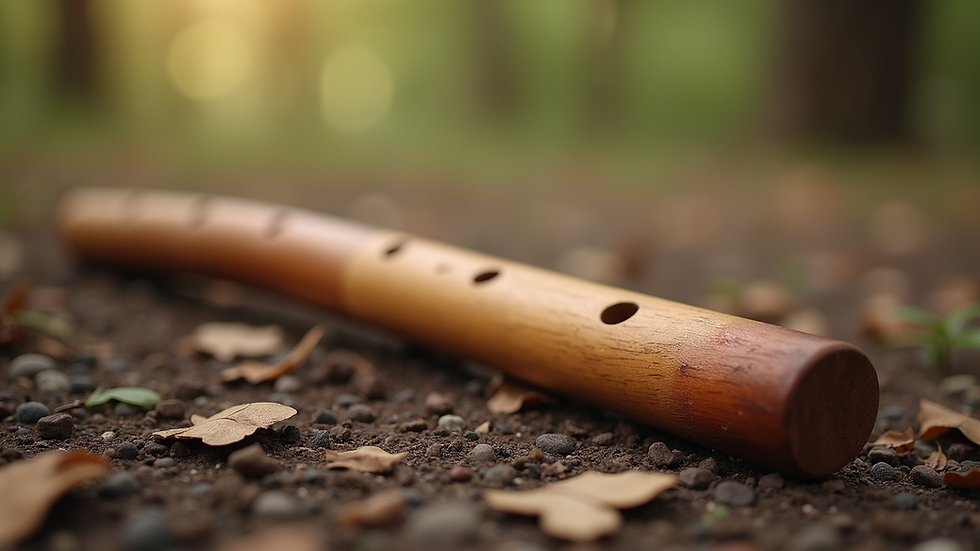Exploring the Cultural Significance and Unique Sound of the Didgeridoo
- Daniel Jackson
- Sep 27
- 3 min read
The didgeridoo is more than just an instrument; it is a powerful symbol of the rich cultural heritage of Indigenous Australians. Originating from northern Australia, this ancient wind instrument has a deep, resonant sound that has captivated listeners for thousands of years. Its distinctive tones not only tell stories but also connect communities to their ancestors and the land. In this post, we will examine the remarkable aspects of the didgeridoo by looking into its sound, construction, and cultural relevance.
The Sound of the Didgeridoo
The didgeridoo produces a range of sounds that are both haunting and captivating. From the deep droning tones to rhythmic beats, its musical expression can evoke a variety of emotions — providing calmness or driving excitement. The sound is created by vibrating the lips while blowing into the instrument, typically crafted from eucalyptus wood. For example, a didgeridoo measuring about 1.2 meters may produce a lower pitch compared to a shorter one, which creates higher tones. The player can imitate natural sounds, like birds or thunder, enhancing the storytelling aspect of the music.
One notable technique is circular breathing, which allows players to maintain a continuous sound. This involves breathing in through the nose while simultaneously pushing air out through the lips. Using this method, a skilled musician can perform rhythms that integrate multiple layers, crafting a unique auditory experience. It is how artists like William Barton, a master of the didgeridoo, create intricate musical compositions that blend traditional and modern styles.

Cultural Significance
The didgeridoo transcends music; it holds a pivotal role in the cultural identity of Indigenous Australians. Used in significant ceremonies, rituals, and storytelling, it serves not only as an entertainment medium but also as a way to connect with ancestors and the earth. These sounds, often woven into dance and song, create a rich tapestry of cultural expression. Studies show that in many Aboriginal communities, musicians who play the didgeridoo have an average of ten years of experience before they master the craft, highlighting the dedication involved.
Traditionally, the playing of the didgeridoo was often restricted to male members of the community. However, there’s an exciting evolution happening. In recent years, many Aboriginal women, like Yolu, have begun to play the didgeridoo, breaking norms and enriching the tradition. This shift towards inclusivity not only fosters cultural exchange but encourages a deeper understanding of its heritage in a modern context.
The didgeridoo's resurgence in various music genres, from jazz to pop, has made it accessible to a global audience. For instance, collaborations between didgeridoo players and contemporary musicians have seen a considerable increase, with over 80% of listeners acknowledging the instrument's impact in music festivals. This blend creates not just new sounds but also bridges cultural gaps.

The Journey of the Didgeridoo
The journey of the didgeridoo towards recognition entails embracing its cultural roots while promoting inclusivity. As you explore this beautiful instrument, consider learning to play or attending live performances. Deepening your understanding of the didgeridoo not only enhances appreciation for its sound but also honors the traditions woven into its existence.
In embracing the didgeridoo, we enrich our musical landscape and cultivate respect for the generations who have preserved and celebrated this extraordinary instrument. Whether you're a musician, a cultural fan, or one simply curious about its legacy, the didgeridoo offers an immersive experience that connects us all to the spirit of the land and its people.




Comments